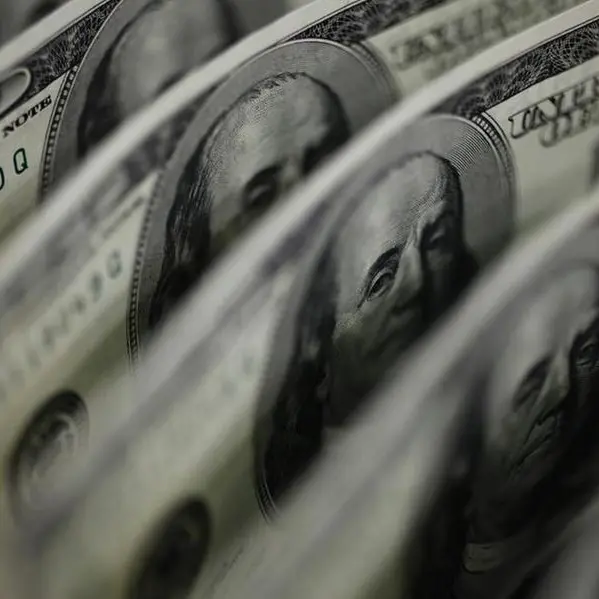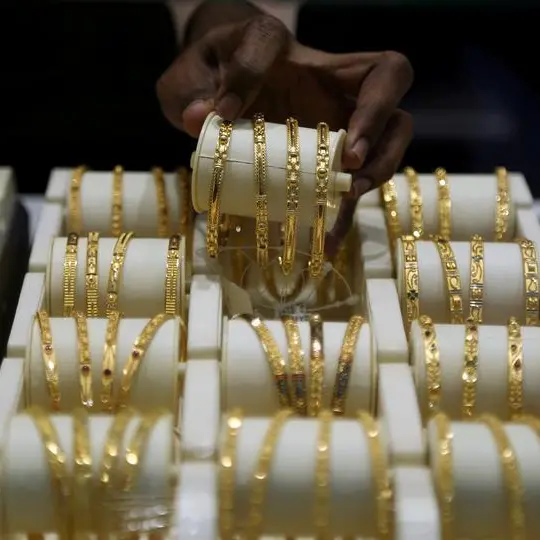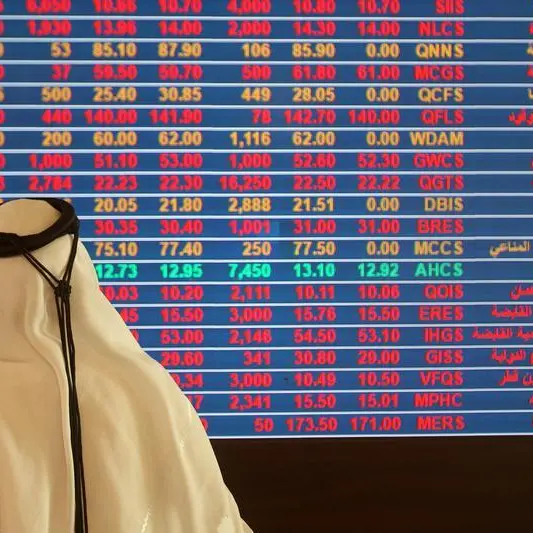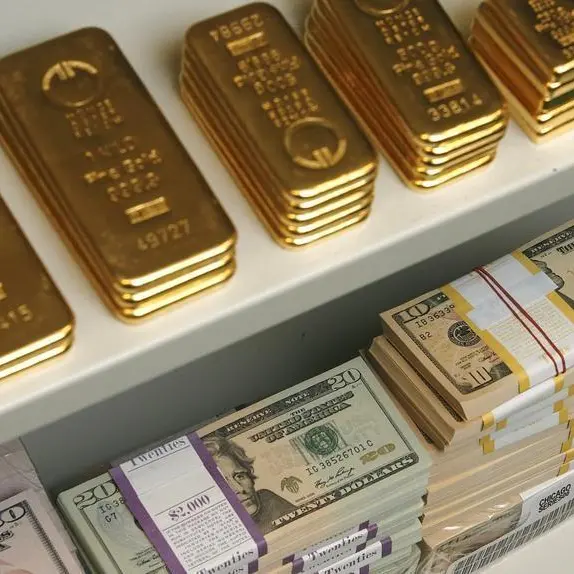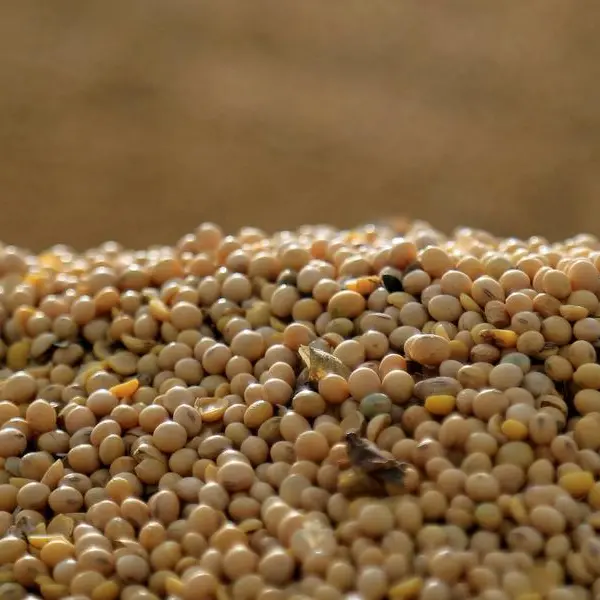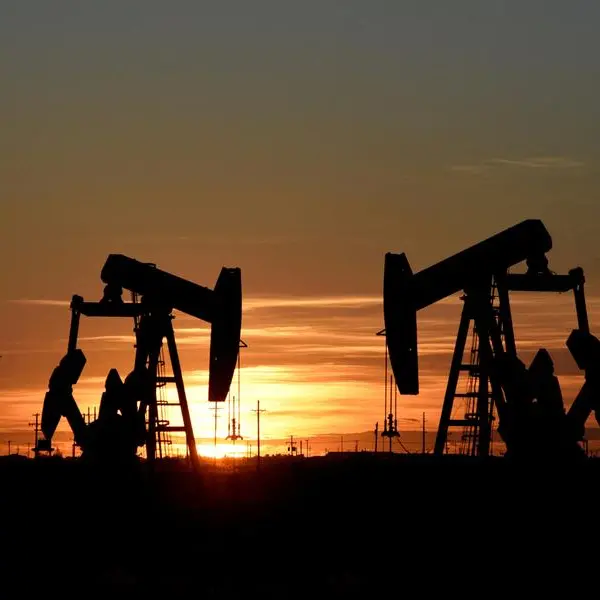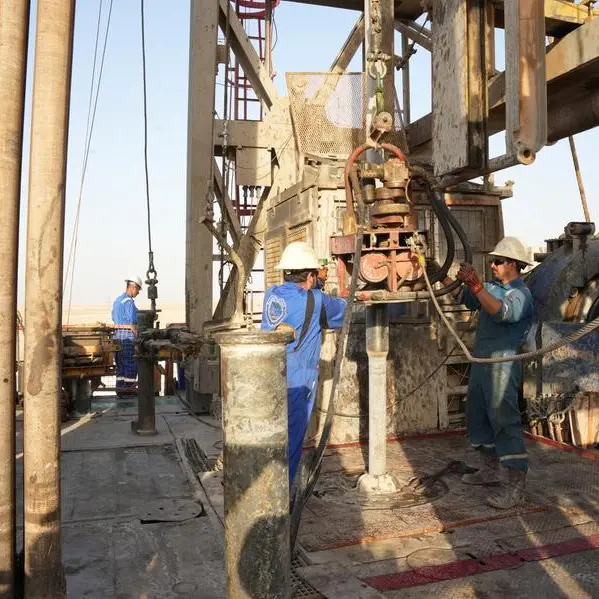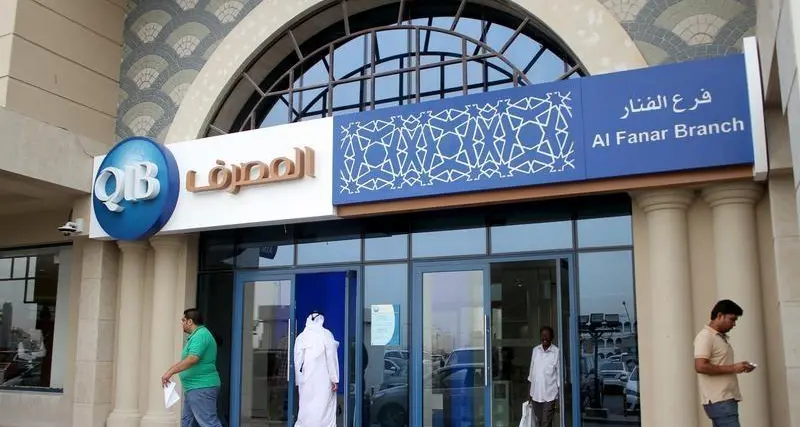The second quarter of the year is about to end and it was spectacular on financial markets. Looking at their performance, it would simply be impossible to guess that in the very same three months, the world experienced one if its most brutal recession in history, with a contraction twice as severe as during the great financial crisis. At the time of writing, this Sunday 28th of June, developed market stocks gained +17% in the second quarter, and their emerging peers did even better at +18.5%. Both High Yield and Emerging Markets bond indices show a double digit return. The price of Brent crude oil gained 86% in 3 months to reach $40. It was not just about bouncing back: gold, which was Q1’s best performing asset class, adds another +12.3% in Q2 so far and is 17% higher than at the end of 2019.
As our regular readers know, we were impressed, but not surprised, by this behavior. Our previous monthly column here, titled “dissecting the disconnection” was about why we disagreed with all the predictions for an imminent crash from powerful Wall Street voices at this time (by the way some have changed their mind in the meantime). Indeed, we thought that the rally should continue as long as we had incremental good news meeting a pool of terrified investors who could only buy the risk assets they didn’t have in their portfolios, switching from the fear of a crash to the fear of missing out a tremendous rally. We actually had many incremental good news: as the number of infections decelerated, most of the restrictions were lifted, starting an economic recovery, and more crucially the policy response went from generous to ballistic. On the monetary front, we had more than 100 rate cuts globally, the increase in Central Bank’s balance sheet was almost twice bigger and six times faster than in the great financial crisis, and all major monetary authorities added direct support to credit to their usual government bond programs. The US Fed started to directly purchase corporate bonds from the market no later than 10 days ago. On the fiscal side, all governments in the world have pledged support, especially through protection being given to salaries and jobs, but also through loan guarantees and direct spending plans, the latest being a potential $1 trillion to be spent on (much needed) infrastructure in the US. With regards to capitulating flows, one only had to browse the headlines of any financial newspaper to understand that very few investors participated to the rally.
Before telling you why we think that the following months will be more difficult, let me have a quick lookback at what we recommended so far this year. We started 2020 fully invested and I must admit that we initially totally underestimated the coronavirus, thinking that it was going to be very limited in both time and geography. This proved totally wrong, and we changed our mind in February. It was not early from a virus point of view, but global financial markets were in denial as long as the outbreak hadn’t reached the US shores. We thus materially sold stocks in February with profits, and kept the proceeds in cash. When markets crashed, our fair value discipline made us think that the worst possible outcome was priced in. We went fully invested again in the middle of the March crash, and added again at the end of Q1. The decision to remain invested during the rally was paradoxically less easy, as our fair values were quickly reached. But we did, because of the newsflow and positioning, until early June when we decided to start reducing our exposure again.
Let’s summarize our view: we believe in the recovery which has started, but markets are priced for a perfect trajectory which is too optimistic. It will take time, it will be questioned, uneven, especially as we will face the consequences of relaxed restrictions on the pandemic itself and will have to deal with higher political risk. We thus expect significant volatility in the near-term, and hope that the end of the year will provide investors with more comfort and potentially another leg of market performance in what will be a perfect environment of economic bounce and monetary support.
Starting with the good news: the consumer-led recovery. Global auto sales jumped 24% in May. Real consumption in the US surged by a record 8.2% compared to the previous month, with still potential to accelerate as their savings rate remained high at 20%, and as income only dropped 4.2%. China, the world’s second largest economy is close to reach its level of activity from the end of 2019. Global Purchasing Managers Indices, an advanced indicator of business activities, are rising sharply with renewed demand. With an inundation of liquidity, which is to the global economy what blood is to a body, debt is not an issue in the near-term and the permanent loss of output should be limited. Of course, some sectors are more affected than others: we are living a phase of accelerated “creative destruction”, as Joseph Schumpeter called it, which is nothing else than the industrial mutations that we have experimented for decades. There won’t only be losers, and even the best run airlines or energy companies will emerge stronger. The world has already proved it can live with the virus, and it’s only a matter of time until it is defeated. In the meantime, all social and monetary safety nets are deployed to bridge the gap.
Now, the turbulences. As we write for long, less outbreak-related restrictions mechanically means more infections. The number of COVID-19 cases is rising globally, from the US to Asia, including clusters in Europe. Florida and Texas, which together account for 15% of the US economy, are closing bars and beaches again. This is scary, but this shouldn’t come as a surprise. Less restrictions means more infections. The good news is that the world is much better prepared. We don’t believe in a broad global second wave, but in a number of local outbreaks which are unfortunately inevitable, but fortunately manageable. The bad news however, is that markets are simply not priced for any blip in a perfect V-shaped scenario which should not happen, and the resurgence of cases dents consumer and business confidence. Political risk is also on the rise. The US Presidential campaign is reaching its full speed, and the current lead of Joe Biden in the polls should trigger some response from the energetic President Trump, should it be domestically, with significant protests as a background, or internationally. There are mixed messages on the US-China relations, and an escalation with Europe on potential tariffs. The Brexit topic is back, with only 6 months before the year-end deadline to negotiate a deal. Again, risks are not an issue for markets as long as they are discounted by some margin of safety in valuations, but this is currently not the case in DM stocks in particular. This is why we expect volatility ahead.
What will be next? Our scenario is that the loss of GDP from the virus will only be recovered in 2021 at best. It is not even certain that the recovery will be complete, and we have no doubt that it will be uneven. From an investment perspective however, the medium term picture is not bad. An improving economy will lift earnings. Monetary support will both support solvency and justify high valuation multiples for risk assets, relative to zero-yielding safe havens. Finally, the June catch-up of capitulating investors was just the tip of an iceberg of cash still sitting on the sidelines. The assets under management of money market funds are close to their record level ever, despite the evaporation of yields. The catalyst to put this money at work is to see volatility abating, which could happen after the US election or when a vaccine is in sight. We will have long-term questions around mountains of debt and debased currencies, but in the meantime the perspectives for cyclical assets will improve.
As a conclusion, we are tactically cautious but not overly pessimistic. The coming months should provide opportunities to add to cyclical exposure when markets become more realistically priced. They may even turn outright pessimistic, which could trigger more support and potentially another Q2-like rebound. We have reduced risk and are overweight cash and gold, but we also maintain our preference for Emerging Markets across asset classes. They are not just cheaper and less crowded. The IMF updated their world economic outlook last week, lowering all their previous forecast from April, now expecting the global economy to be down -4.9% in 2020. While developed countries are predicted to contract by -8% in 2020 before growing +4.8% in 2021, the same numbers for emerging Asia are respectively -0.8% and +7.4%. Stay safe.
* Any opinions expressed in this article are the author’s own
Disclaimer: This article is provided for informational purposes only. The content does not provide tax, legal or investment advice or opinion regarding the suitability, value or profitability of any particular security, portfolio or investment strategy. Read our full disclaimer policy here.
© Opinion 2020

